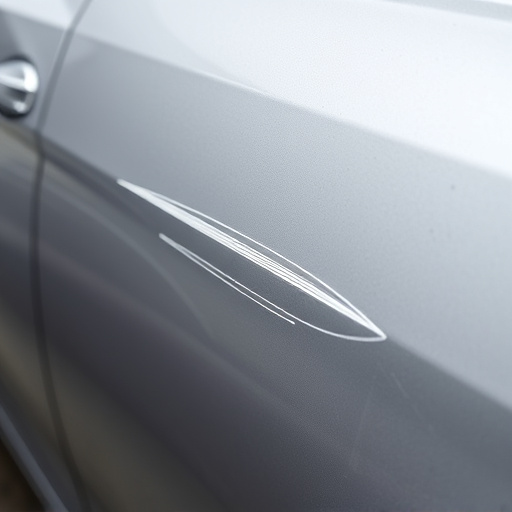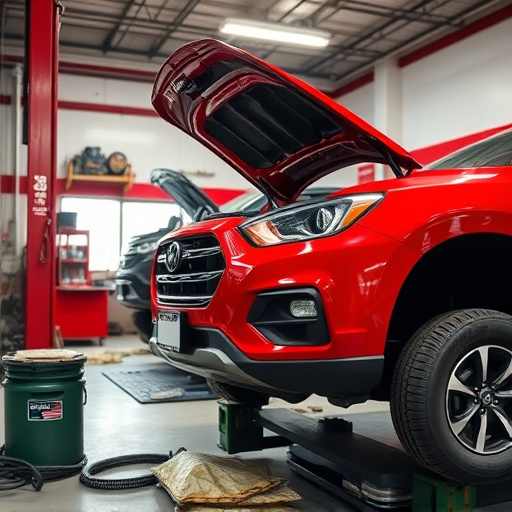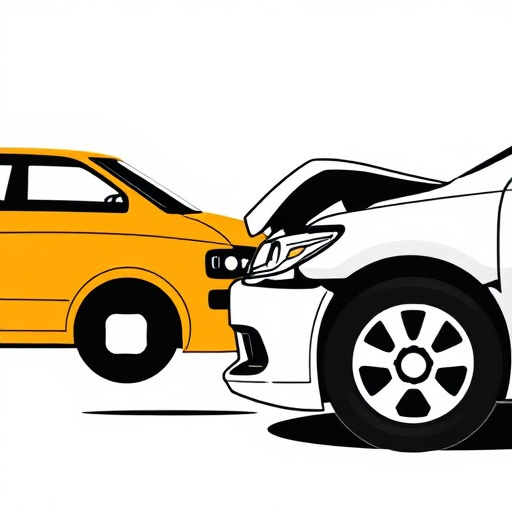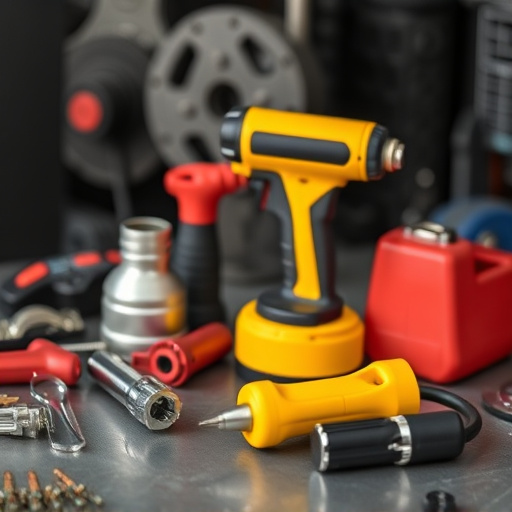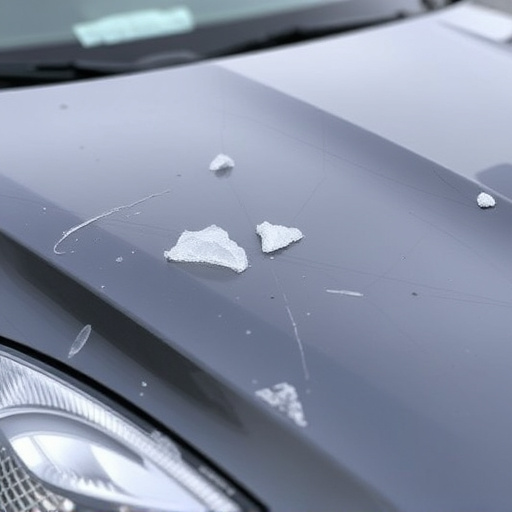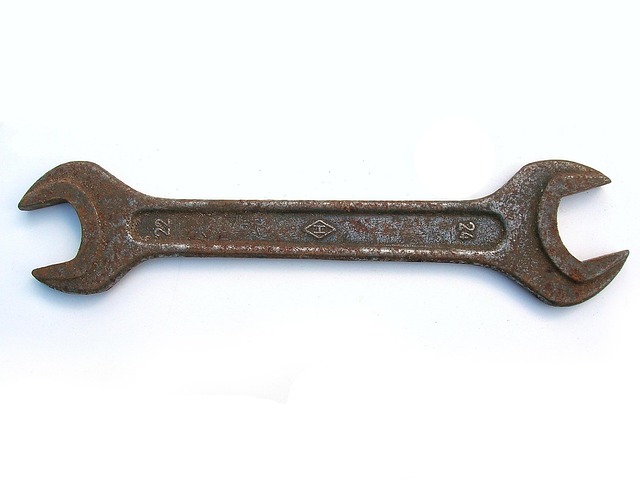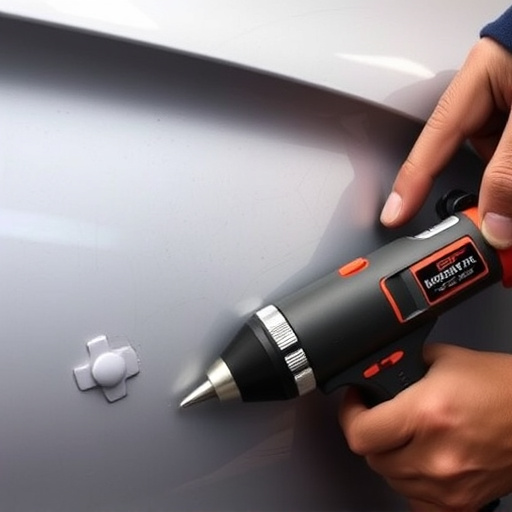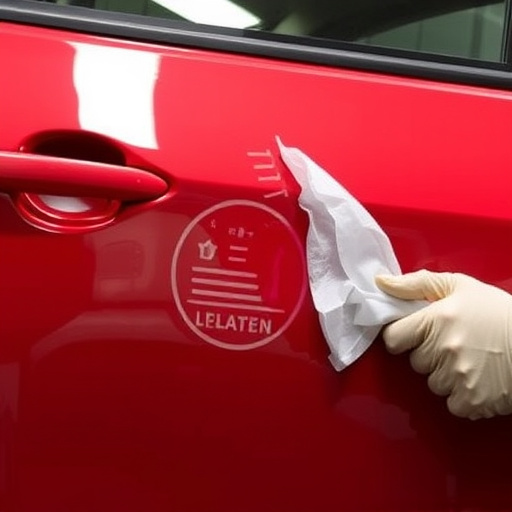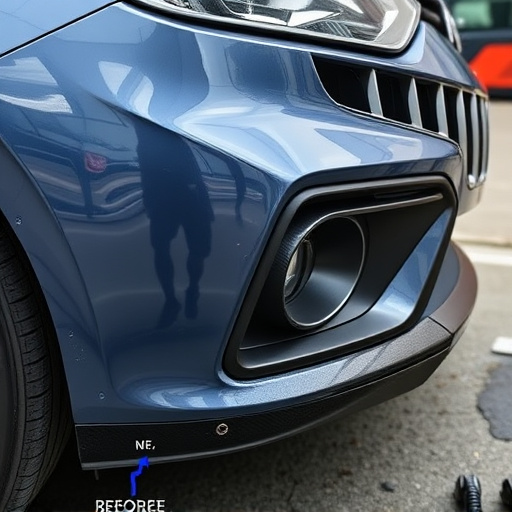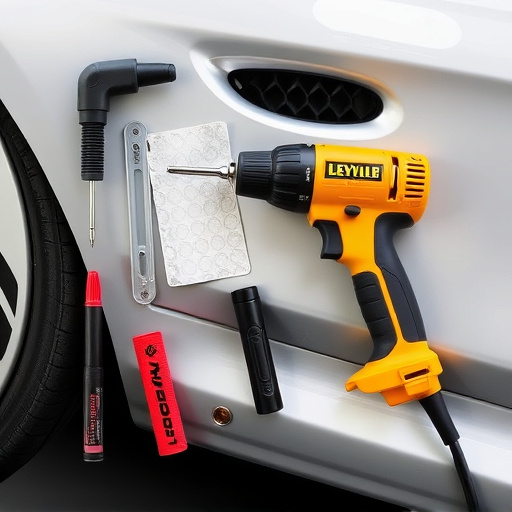Mercedes' advanced safety systems rely on sensors, cameras, radar, and lidar to detect and respond to hazards. Regular Mercedes safety system checks using OEM tools are crucial for optimal performance. These checks ensure collision detection, emergency braking, and other safety features function correctly, enhancing vehicle safety and reliability. Owners should follow a specific procedure: park on a level surface, engage the parking brake, connect an OEM diagnostic tool to the OBD-II port, and complete the software-guided tests. Any malfunctions require professional inspection and repair to maintain Mercedes' advanced safety systems.
“Enhance your understanding of Mercedes safety system checks with this comprehensive guide. In today’s digital era, ensuring top-tier vehicle security is paramount. This article explores the intricate world of Mercedes’ safety systems and highlights the crucial role of Original Equipment Manufacturer (OEM) diagnostic tools in their effective evaluation.
From comprehending advanced safety features to mastering a step-by-step check process, we provide an in-depth look at how to maintain and optimize your Mercedes’ safety capabilities.”
- Understanding Mercedes Safety Systems: A Comprehensive Overview
- The Role of OEM Diagnostic Tools in Safety System Checks
- Step-by-Step Guide: Conducting a Mercedes Safety System Check
Understanding Mercedes Safety Systems: A Comprehensive Overview

Mercedes safety systems are a suite of advanced technologies designed to protect drivers, passengers, and other road users. These systems leverage sensors, cameras, radar, and lidar to detect potential hazards and intervene when necessary. The goal is to prevent accidents or mitigate their impact, thereby enhancing overall safety on the road. Key components include Active Brake Assist, which can automatically apply brakes to avoid or reduce the severity of collisions, and Lane Keeping Assist, which steers the vehicle back onto the lane if it drifts off unintentionally.
Understanding these systems is crucial for anyone owning or working on a Mercedes vehicle. Regular maintenance, such as conducting a Mercedes safety system check using OEM diagnostic tools, ensures that these critical features operate optimally. This process allows mechanics in a trusted auto body shop or vehicle body shop to identify and rectify any issues before they escalate. Just like regular auto detailing can keep your car’s exterior pristine, maintaining the integrity of safety systems is vital for ensuring safe and reliable driving experiences.
The Role of OEM Diagnostic Tools in Safety System Checks

OEM diagnostic tools play a pivotal role in conducting thorough Mercedes safety system checks. These specialized devices are designed to interface directly with a vehicle’s onboard computer systems, providing access to real-time data and allowing for comprehensive assessments of various safety features. By employing OEM tools, mechanics can identify potential issues within the collision detection, emergency braking, lane departure warning, and other critical safety mechanisms, ensuring they operate at peak performance.
Moreover, these diagnostic tools facilitate precise troubleshooting, enabling repairs that go beyond simple fender repair or car dent repair. In cases of automotive collision repair, for instance, OEM diagnostics help pinpoint sensors affected by impacts, facilitating more effective restorative processes. This not only enhances vehicle safety but also contributes to the longevity and optimal functioning of Mercedes’ advanced safety systems.
Step-by-Step Guide: Conducting a Mercedes Safety System Check

Conducting a Mercedes Safety System Check is a crucial task for any vehicle owner aiming to ensure optimal vehicle performance and safety. Here’s a step-by-step guide to help you navigate this process with ease. Begin by parking your Mercedes on a level surface, engaging the parking brake, and ensuring all doors are closed securely. Next, connect an OEM diagnostic tool to your vehicle’s OBD-II port, typically located beneath the steering wheel. These specialized tools allow for in-depth access to your car’s systems, including the safety features designed to protect you on the road.
Once connected, activate the diagnostic tool and wait for it to recognize your Mercedes model and year. The software will guide you through a series of tests, checking the performance of each component within the safety system, such as ABS, traction control, and adaptive cruise control. Each test provides detailed feedback, indicating any discrepancies or potential issues. If any malfunctions are detected, an auto repair shop may be required for further inspection and auto body work to rectify them, ensuring your Mercedes is safe and reliable for future driving endeavors.
Mercedes safety system checks are crucial for ensuring the optimal performance and reliability of your vehicle. Using original equipment manufacturer (OEM) diagnostic tools allows for accurate and comprehensive assessments, providing peace of mind while enhancing road safety. By following a systematic approach outlined in this guide, car owners can proactively maintain their Mercedes’ advanced safety features, ultimately contributing to a secure driving experience.
